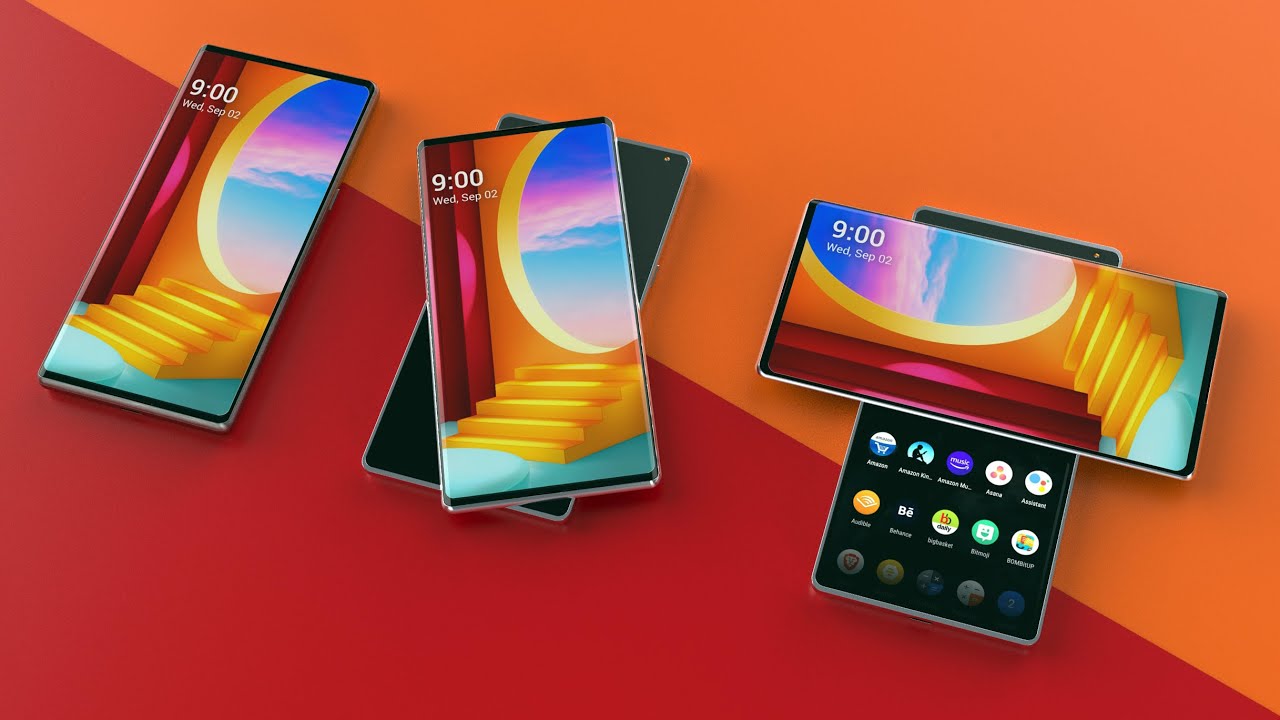Goldstuck on Gadgets
End of LG’s beautiful experiment
LG has long been the most innovative of major smartphone manufacturers, but that wasn’t enough. Now, TV will define the brand, writes ARTHUR GOLDSTUCK
One could call it reckless innovation. For the past seven years, LG has consistently produced the most surprising flagship smartphones in the industry. Year after year, it seemed that THIS would be the handset that would break through into market leadership.
It never happened.
On Monday, the company pulled the plug. What had been a rumour became reality: it would pull out of the smartphone business. The decision had already been taken but was approved by the LG board this week.
“LG has recently made the difficult decision to close its mobile business to focus on other businesses that will provide new experiences and value for the consumers,” it said on its website.
In a formal statement, it said that its “strategic decision to exit the incredibly competitive mobile phone sector will enable the company to focus resources in growth areas such as electric vehicle components, connected devices, smart homes, robotics, artificial intelligence and business-to-business solutions, as well as platforms and services”.
In reality, this means it is likely to double down on its TV and appliances businesses, in which it dominates many markets. It is the world’s second-biggest TV manufacturer, after Samsung, but matches it in technology leadership. It is in the world’s top 5 of home appliance brands, marginally ahead of Samsung. In smartphones, on the other hand, it barely makes the top 10.
The irony is that LG is regarded by its users as the coolest brand on the market. It is known for both innovation and novelties. As far back as 2013, it produced the first mass-production bendable smartphone, the G Flex. In 2016 it came up with a new approach to modular phones in the G5, which allowed parts to be detached and replaced with camera and sound modules, among others.
None of these set the market alight, but LG kept coming to market with fresh innovations, waiting to see what would stick. Few of these entered a second generation.
Last year, it showed its ability to pursue multiple routes to innovating handset design.
In July 2020, it launched its second 5G phone, the LG Velvet. It was a remarkable device in its own right, with a weight of 180g and thickness of 7.9mm making it one of the lightest flagship smartphones on the market and the thinnest 5G phone at the time.
But it also came with an accessory: the LG Dual Screen, a wallet-style flip folder with a full-screen display that mirrored that of the handset when it was tucked into the folder. The Velvet was the third LG device to offer the option, after the V50 ThinQ in April 2019 and the G8X ThinQ in November that year. In effect, then, it was the third generation of the dual display, and each was an advance on the one before.
Even that wasn’t enough cool for one year. In September, it unveiled the LG Wing 5G, a smartphone that looked standard at first sight, but then swivelled out horizontally to provide a hidden screen beneath the main display. Flip the main 6.8-inch display 90˚, and it revealed a 3.9-inch second screen. As with the Dual Screen, this allowed for more apps to be used at the same time, or for the second screen to act as a control or typing area when the main screen was used for viewing content.
Now, the cool is over. These devices will only be remembered as a beautiful experiment.
“The wind-down of the mobile phone business is expected to be completed by July 31 although inventory of some existing models may still be available after that,” it said on Monday. “LG will provide service support and software updates for customers of existing mobile products for a period of time which will vary by region. LG will work collaboratively with suppliers and business partners throughout the closure of the mobile phone business.”
On its website, it said it would fully honour warranties, and “continue to provide software and security updates as well as replacement parts in accordance with applicable regulations and contractual obligations”.
Go to the next page to read about how rapid innovation in the TV market puts LG in the spotlight.



















